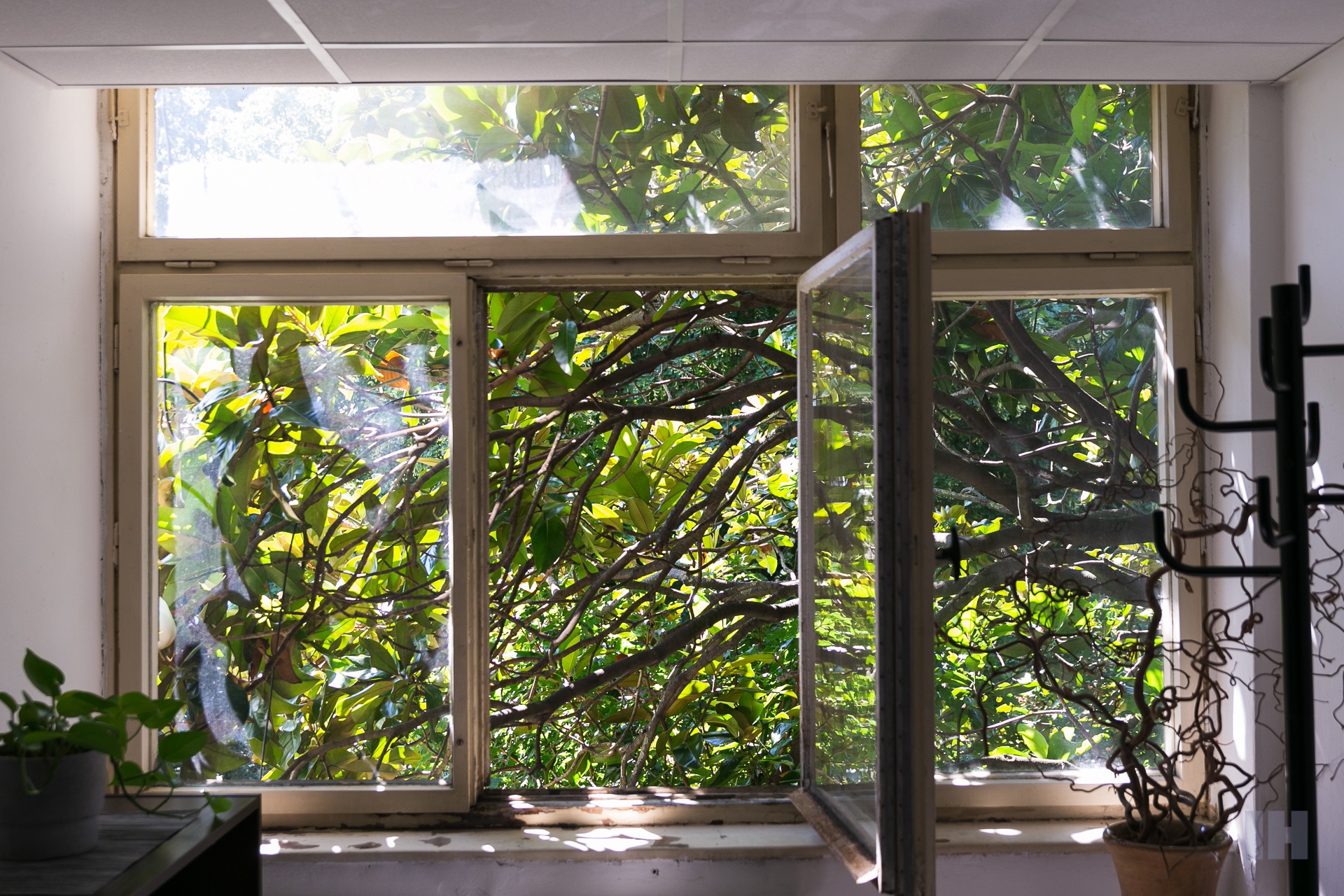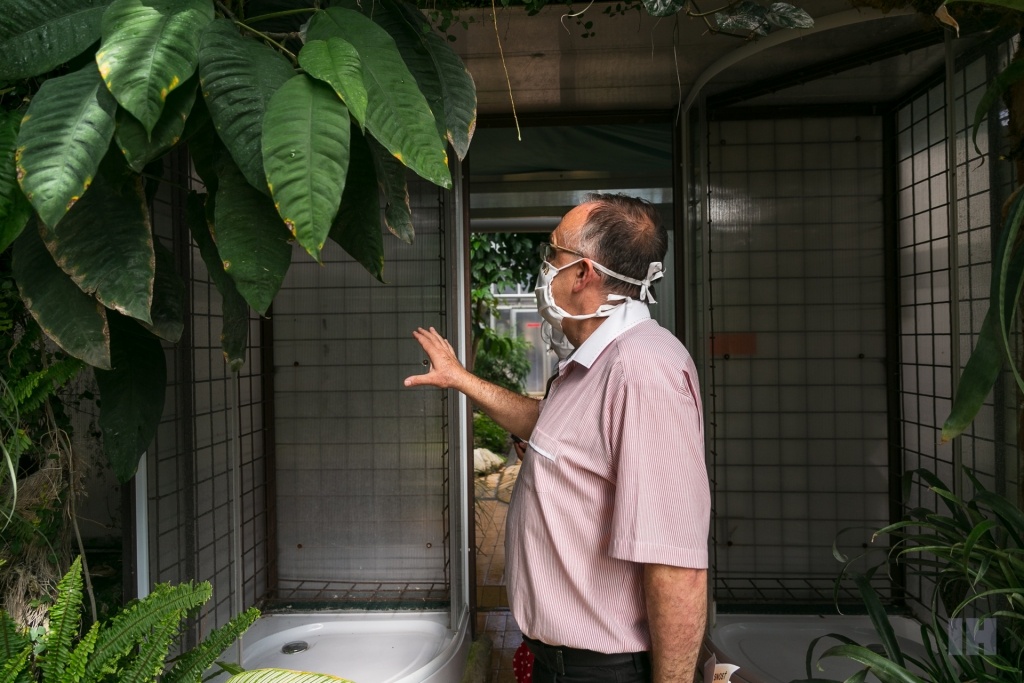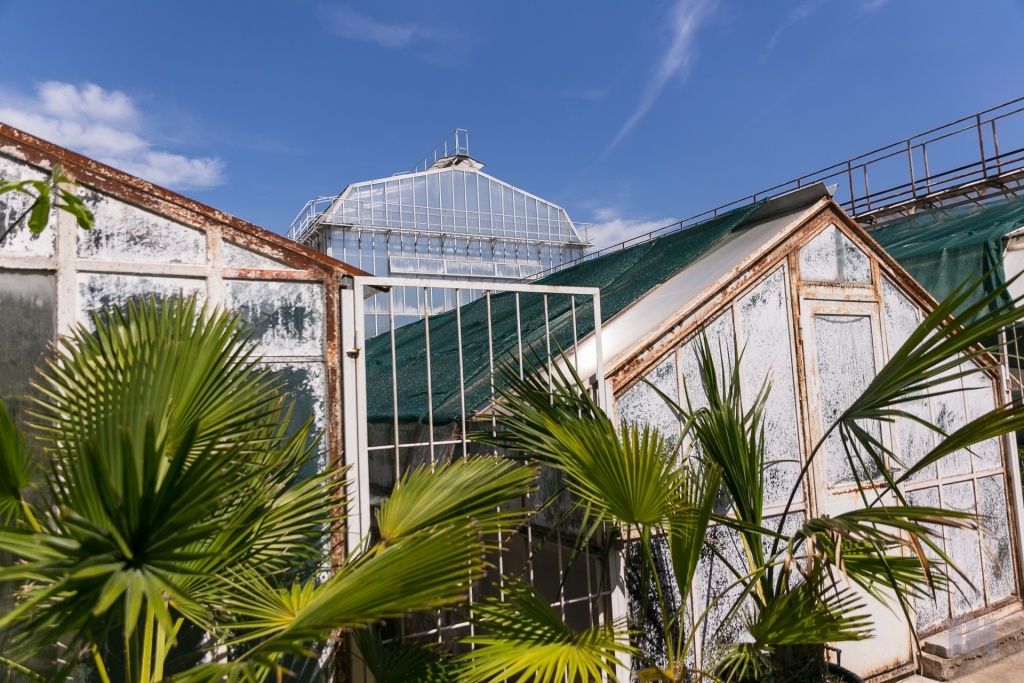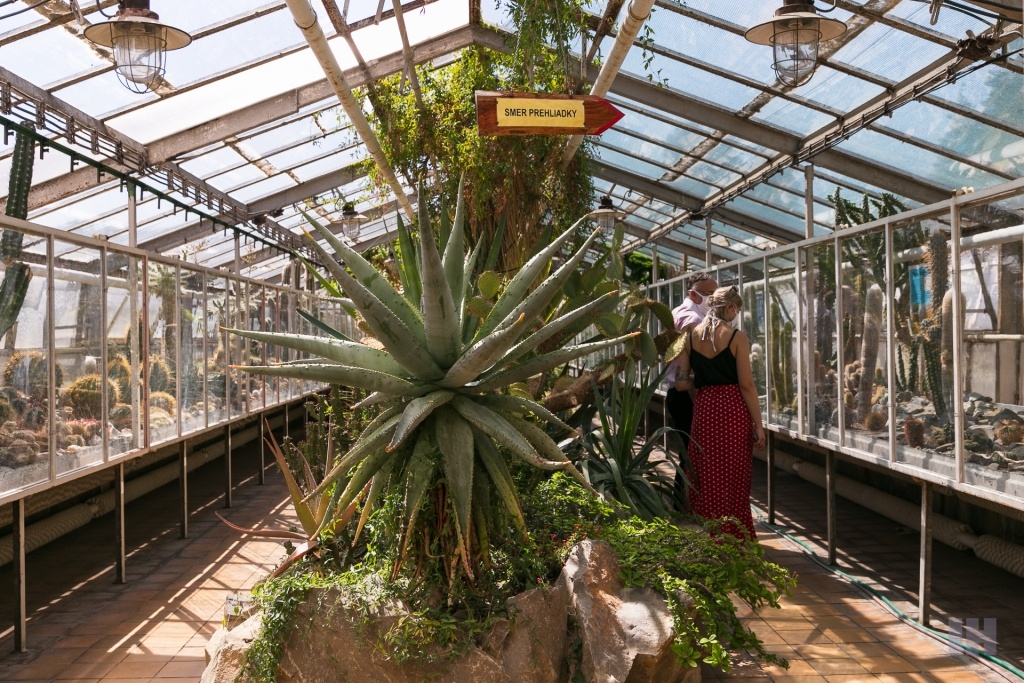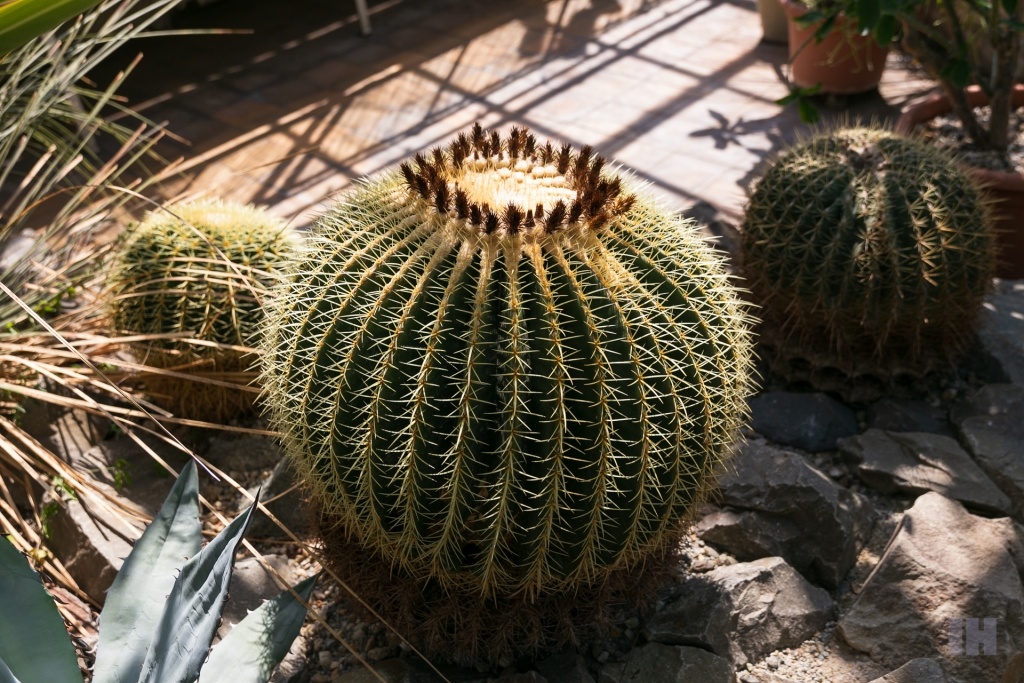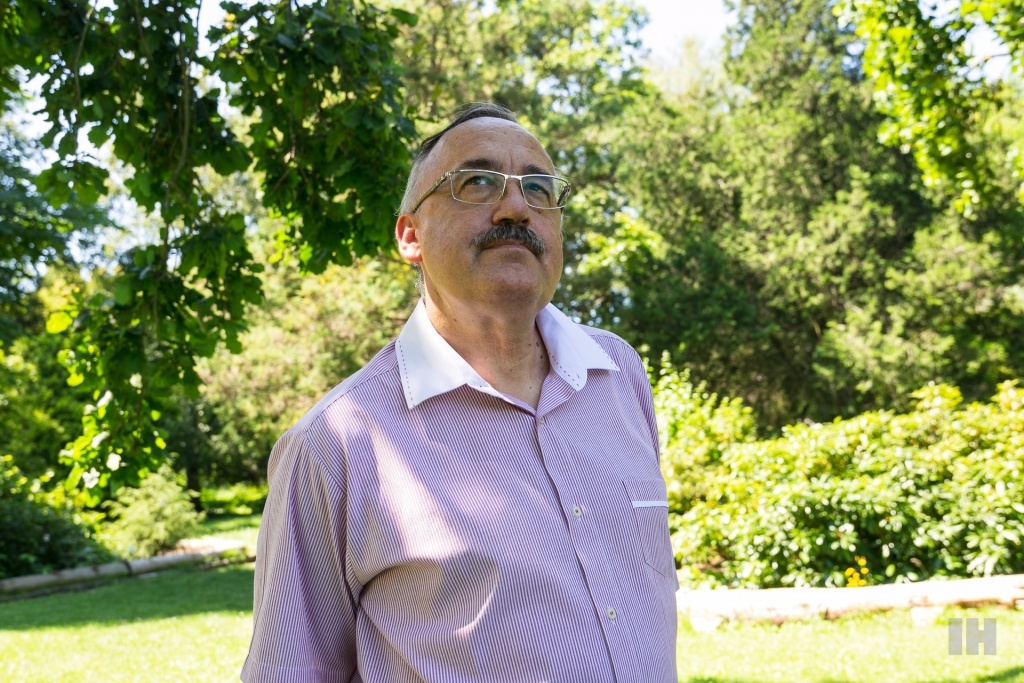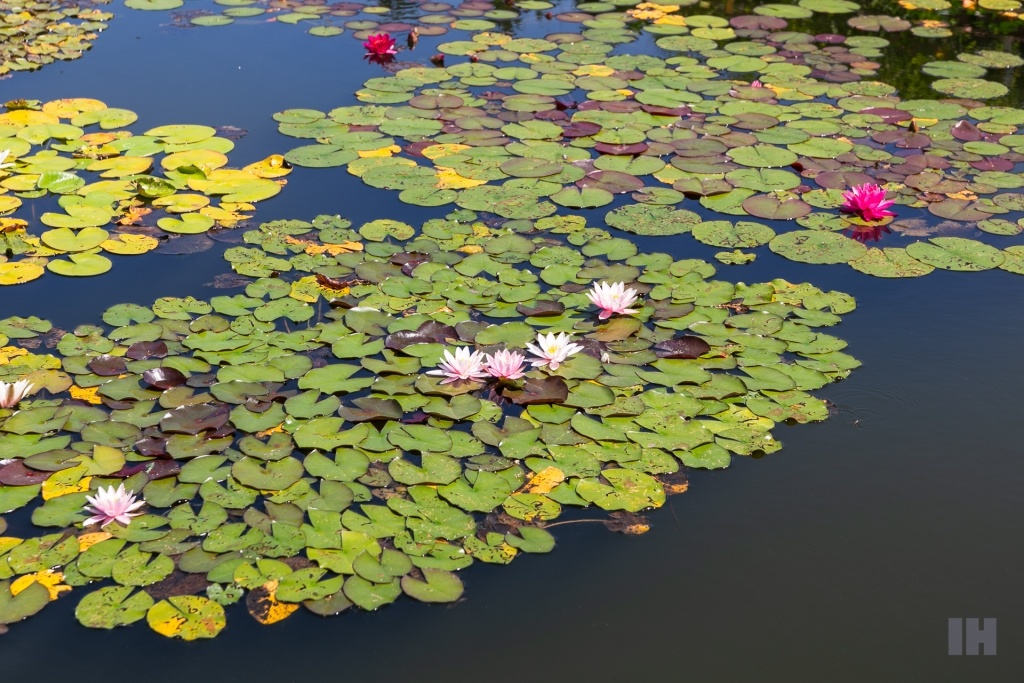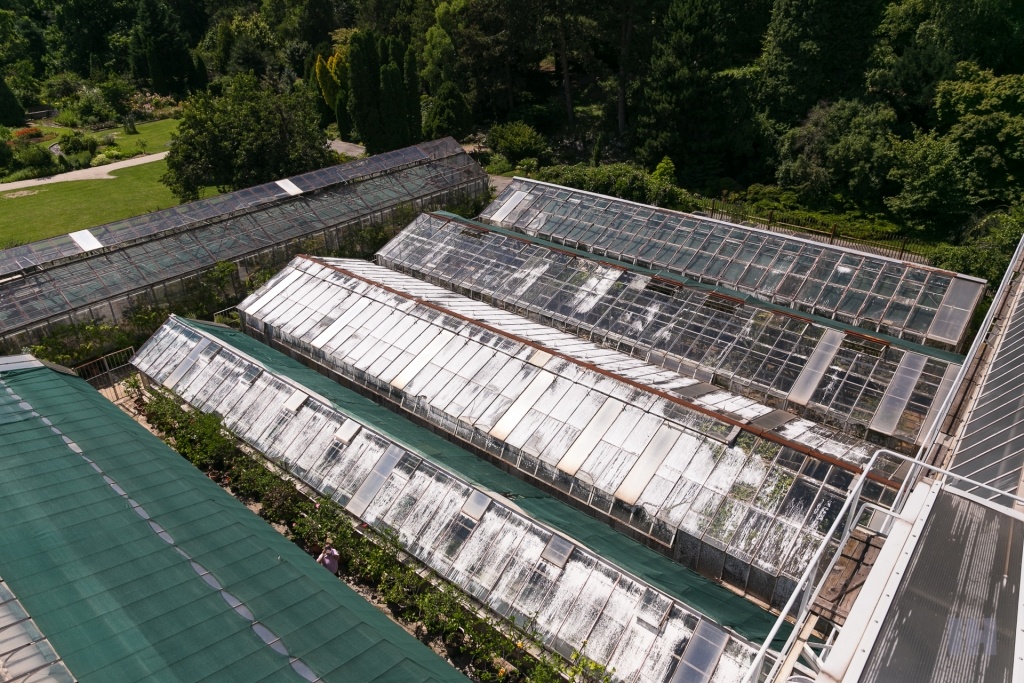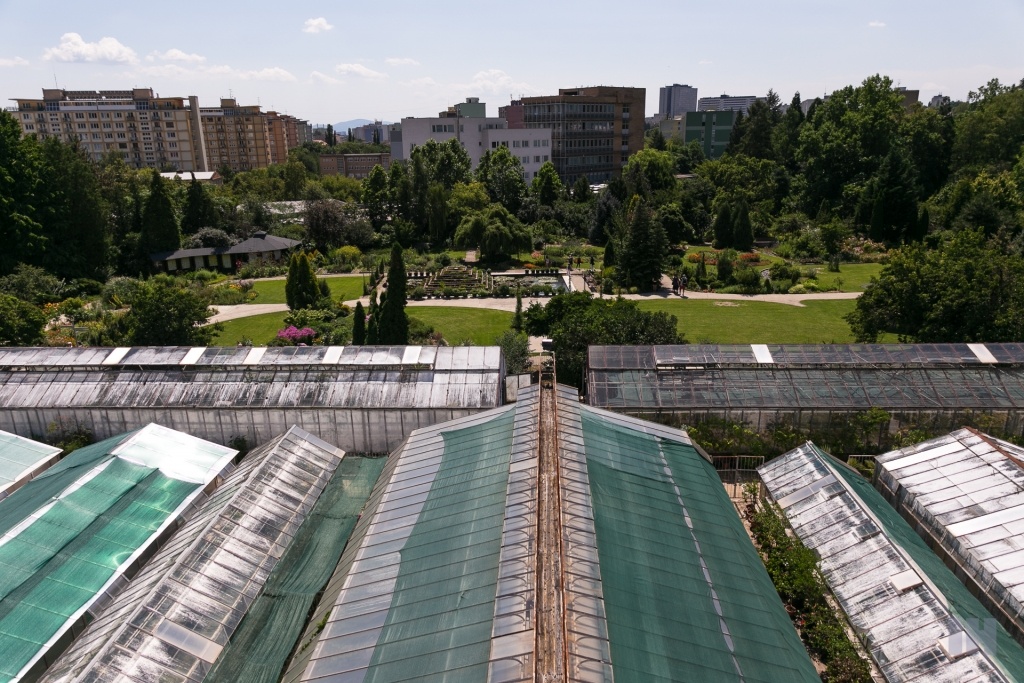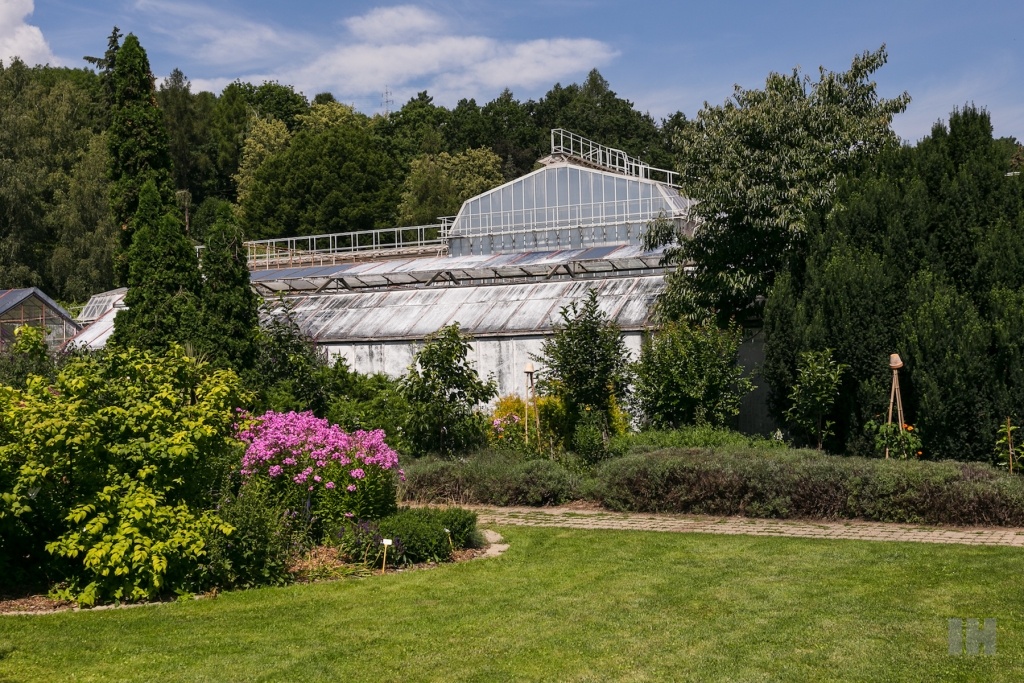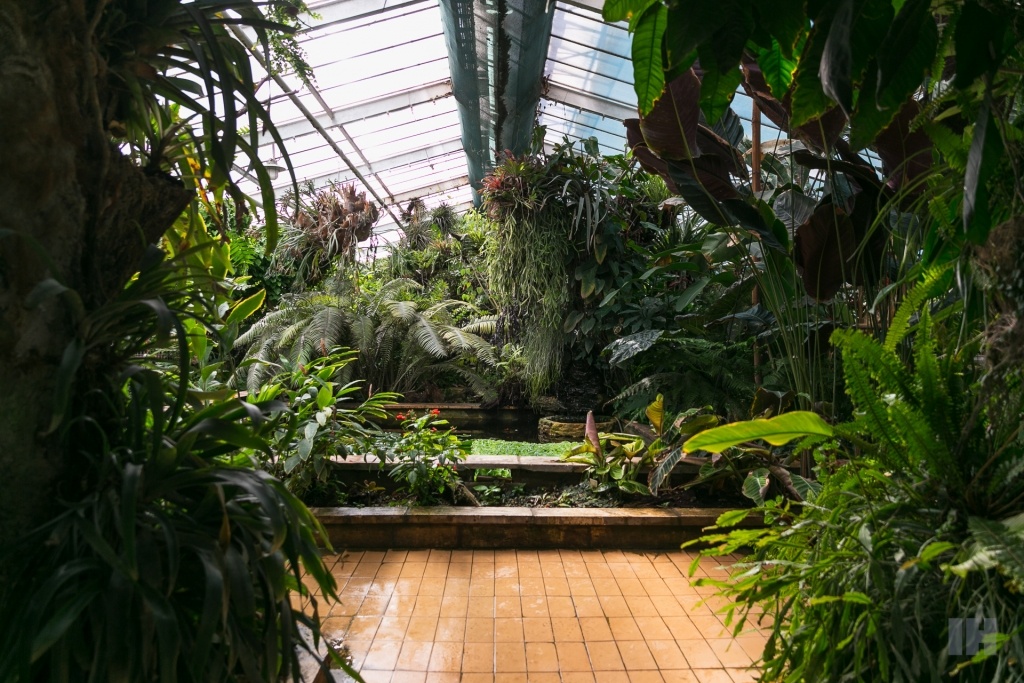Botanical Garden UPJŠ is celebrating the 70th anniversary. Views on the future with its director Pavol Mártonfi
Originally, this botanical garden was established as the Botanical Institute of the University of Agricultural and Forestry Engineering in the period after World War II as part of the development of university education in eastern Slovakia. The Botanical Garden UPJŠ is still the largest in Slovakia and, thanks to its respectable collection of more than 4,000 species, subspecies and cultivars of plants, is considered one of the most important botanical institutions in Central Europe. Its area is currently about 30 hectares and one of its many attractions is the northernmost exterior of the subtropical Southern magnolia in Europe. This magnolia comes from the warm regions of the southeastern part of the USA.
A short history of the garden
The Botanical Garden in Košice was founded on 5 May 1950 due to the growing need to develop higher education in the eastern part of the country. Its first director Dr Jozef Rácz initiated the progressive construction, still in the post-war period. Its large and several smaller greenhouses were completed in 1958 when the botanical garden belonged to the Slovak Academy of Sciences and other greenhouses were completed in a later period. It became a part of University of Pavol Jozef Šafárik in 1964. Since 2018, the institution has had a new director, a university professor, RNDr. Pavol Mártonfi, PhD.
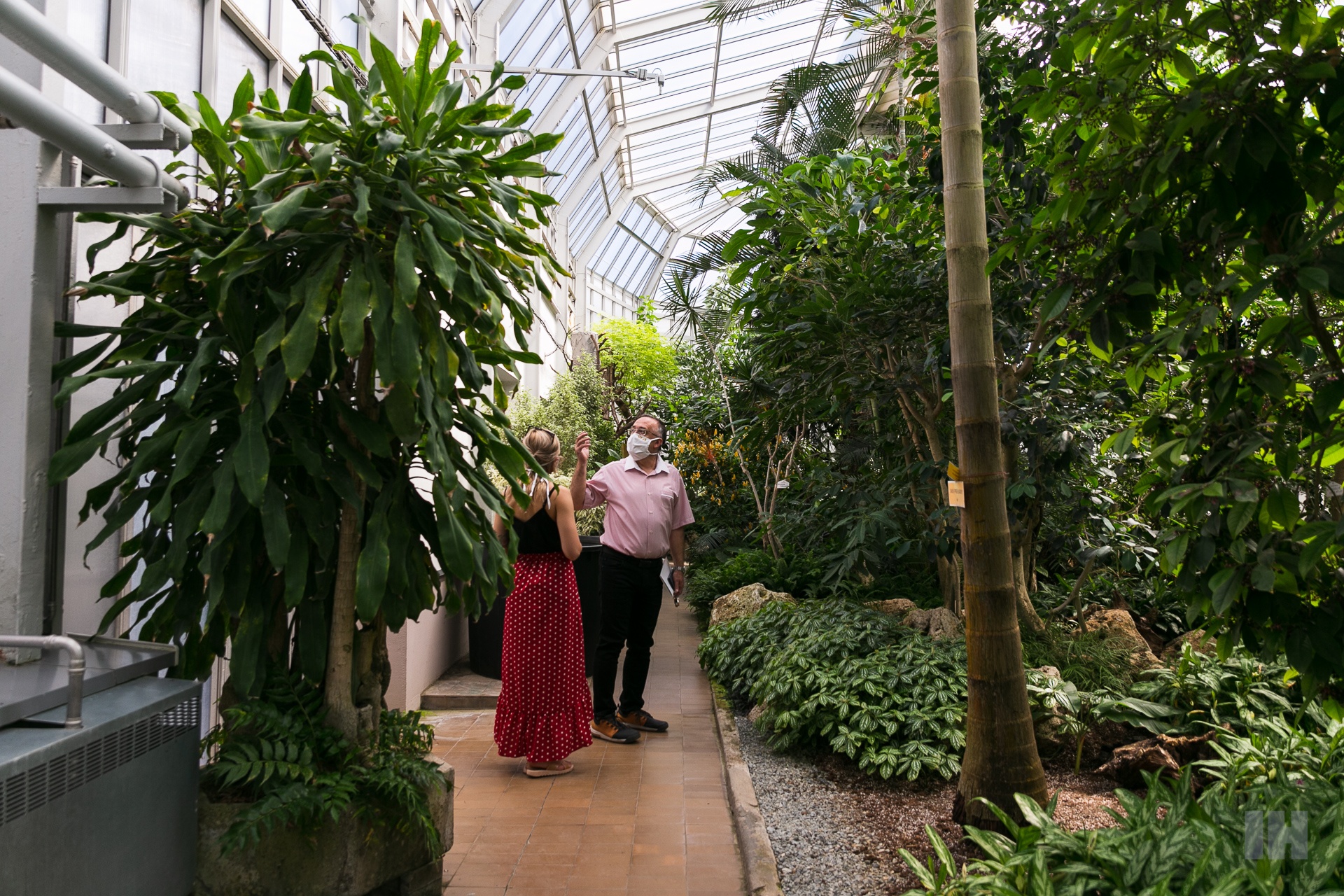
What did the 70th anniversary bring?
Pavol Mártonfi has been the director of the botanical garden for two years now, but he has played a huge part on the institution ever since the 1980s as a student, and later an assistant professor since the 1990s and a university professor at the Department of Botany at the Faculty of Science since 2011. On the occasion of the astonishing 70th anniversary of the establishment of the institution, after the modernization of the interior in 2019, the staff is preparing for further changes in the revitalization of the building and its greenhouses, as well as for the construction of a new visitor centre. The most important event of 2020 will be a botanical conference starting from 3 to 4 September with the topic History and Present of Botanical Research and Nature Protection.
“On the occasion of this important anniversary, our conference will be visited by experts from all over the country and the near abroad. In June, we cooperated with Slovenská pošta and we issued a unique postage stamp for the general public with a Southern magnolia as a symbol of our garden in Košice. The academic painters Igor Benca and Rudolf Cigánik designed and engraved the stamp. There were 60,000 copies issued.
We are also enthusiastic about the complete insulation of the building which will be launched thanks to grants from European funds – these will help save energy costs, which are always the highest item in our budget. We are also looking forward to the upcoming visitor centre with a café, which will replace today’s old-fashioned entrance. Another attraction in the outdoor areas will be the dendrological educational trail, which will be created from the resources of the Interreg project in cooperation with the Botanical Garden in Nyíregyháza. Visitors will learn interesting facts about domestic and foreign woody plants and at the same time they will be able to actively use their time while exercising on the fitness equipment.”
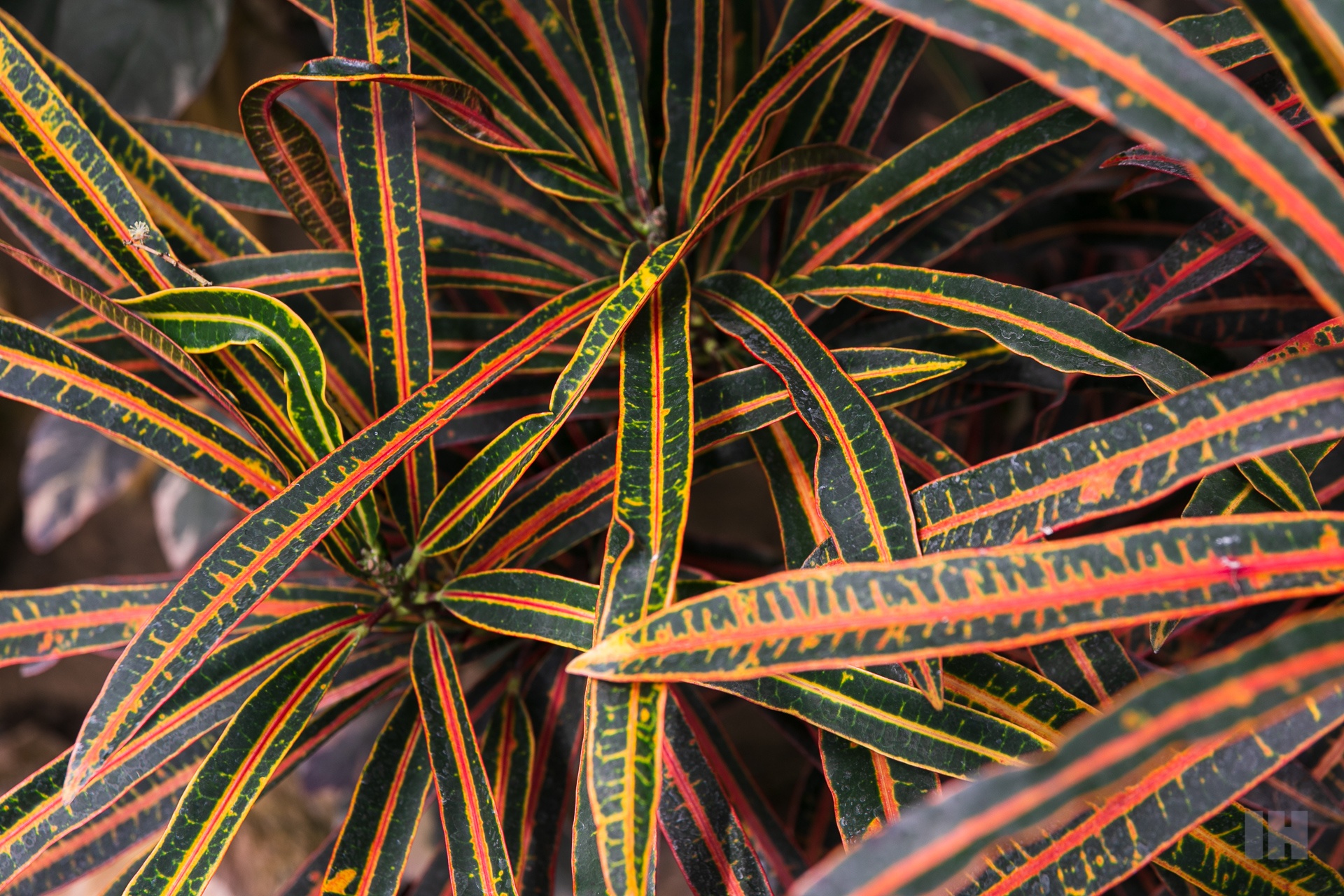
Activities of the UPJŠ Botanical Garden
So why is it so important to keep a botanical institution going for decades? The Botanical Garden UPJŠ engages in a wide range of activities including the collection, research and exhibition activities. Among other things, biological plant protection has been applied in the botanical garden’s exposure greenhouses since 2006, which means that the plants are not treated with pesticides and garden visitors needn’t worry that such environment is harmful to their health. To destroy pests that attack plants, organisms such as aspens or ladybirds are used. Therefore, if you notice spotted or mottled leaves when visiting the garden, it is not due to lack of care, but it is a necessary process for the predators to multiply sufficiently. They later eliminate the pests.
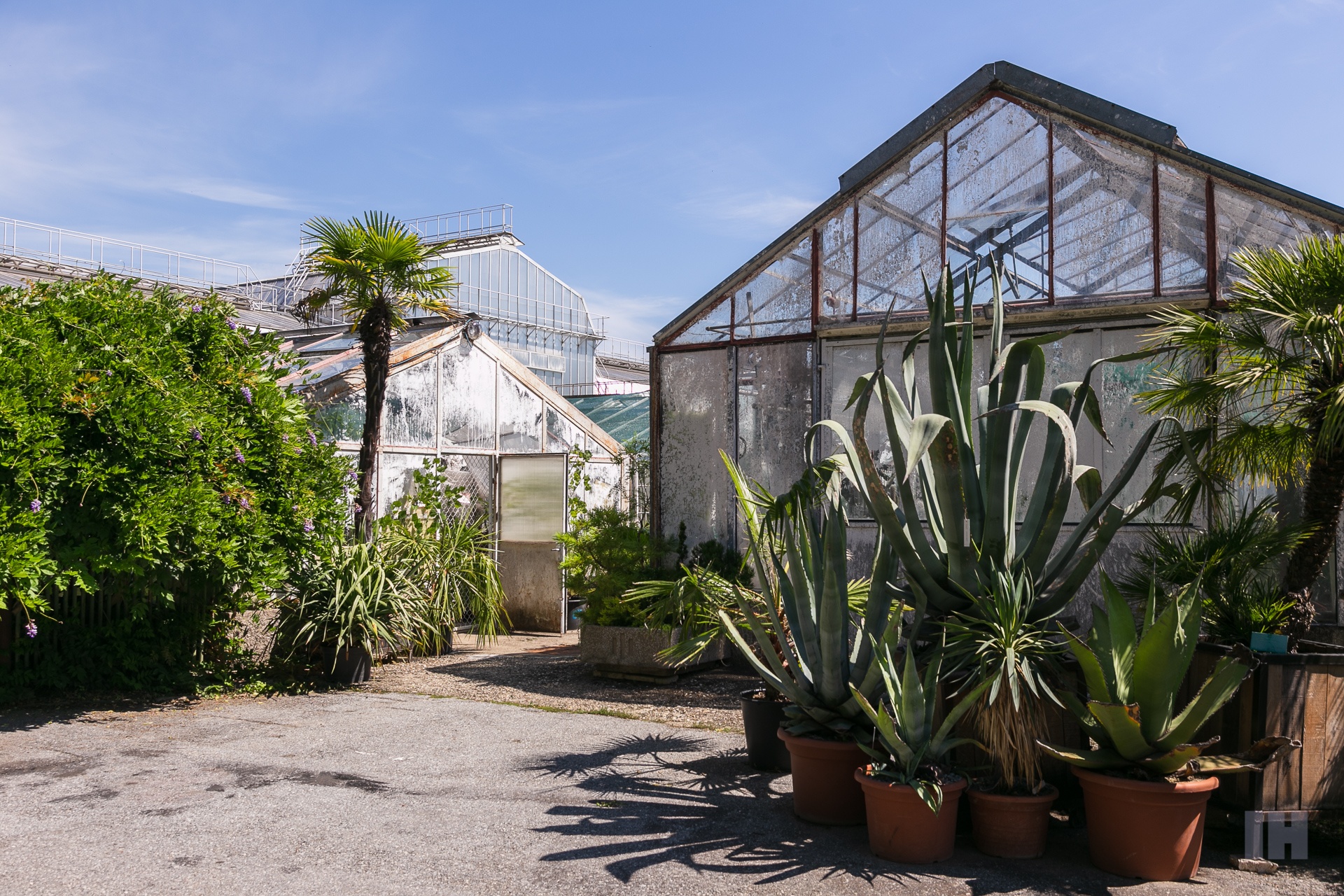
The largest collection of cacti in the country
The Botanical Garden UPJŠ owns the largest collection of cacti and succulents in Slovakia – there are more than 11,000 of them, which are representatives of a total of 750 species of the desert and semi-desert plants.
“Our basic mission is to protect and save the geo-fund under the International Association of Botanic Gardens – together we contribute to the preservation of flora on Earth. International cooperation is ensured, among other things, also via exchanging seeds between botanical gardens around the world. As part of our collection, we also own the most expensive orchid in the world – the Rothschild’s slipper orchid (Paphiopedilum rothschildianum), which values around € 4,000. One of the most interesting species that grows in our country is the Wollemi Pine (Wollemia nobilis). Its origins date back to the days of the dinosaurs; it is, therefore, one of the rarest plants in the world, discovered only a few years ago in Australia. These plants are located right at the entrance to our botanical garden.”
An annual competition for ten-year-old botanists
Another mission of the garden is, already implied only through its name designed the local university, to contribute to education and training in the fields of botany, plant physiology and ecology. One of the ways to support educational activities is the organization of popular competitions, the most famous of which has become the annual “Botanikiáda” for 5th-grade primary school students. The competition is intended for children from the entire East Slovak region, who, after mastering school rounds, take part in the regional round directly on the premises of the Botanical Garden UPJŠ. The program of the competition is also prepared for teachers who have the opportunity to attend various lectures or, for example, participate in tea tastings and the like.

“A visit to the botanical gardens brings one back to nature. It is wonderful to be among plants, whether they bloom or not – their life processes or difference from the animal kind are worth paying attention to. People relax from the stress that attacks them on a daily basis – it is not only a pandemic, but also everyday life struggles. People come here and see that nature continues to function as before. They exhale here.”
A pupae aeroplane from Costa Rica
The exhibition activity is intended primarily for the pleasure and education of adults and children. The facility regularly hosts exhibitions of orchids, exhibitions of cacti, exhibitions of bonsai, exhibitions of autumn fruits, beekeeping exhibitions, paleontological exhibitions, once there was also an exhibition of luminescent plants. However, the most popular among visitors remains the exhibition of tropical butterflies.
“Every year, from May to June, we have an exhibition of tropical butterflies, even though we were not successful this year due to the COVID-19 outburst. We buy pupae of tropical butterfly species from farms in Costa Rica and the United Kingdom. They travel via airlines in the amount of several hundreds of pieces. Butterflies hatched from pupae only live a few days, so we have to add them regularly so that as many visitors as possible can see the beauty of butterflies. We buy pupae from Costa Rican farms that are actively involved in saving tropical rainforests in the Amazon region, so our exhibitions also contribute to the preservation of the environment and biodiversity on Earth.”
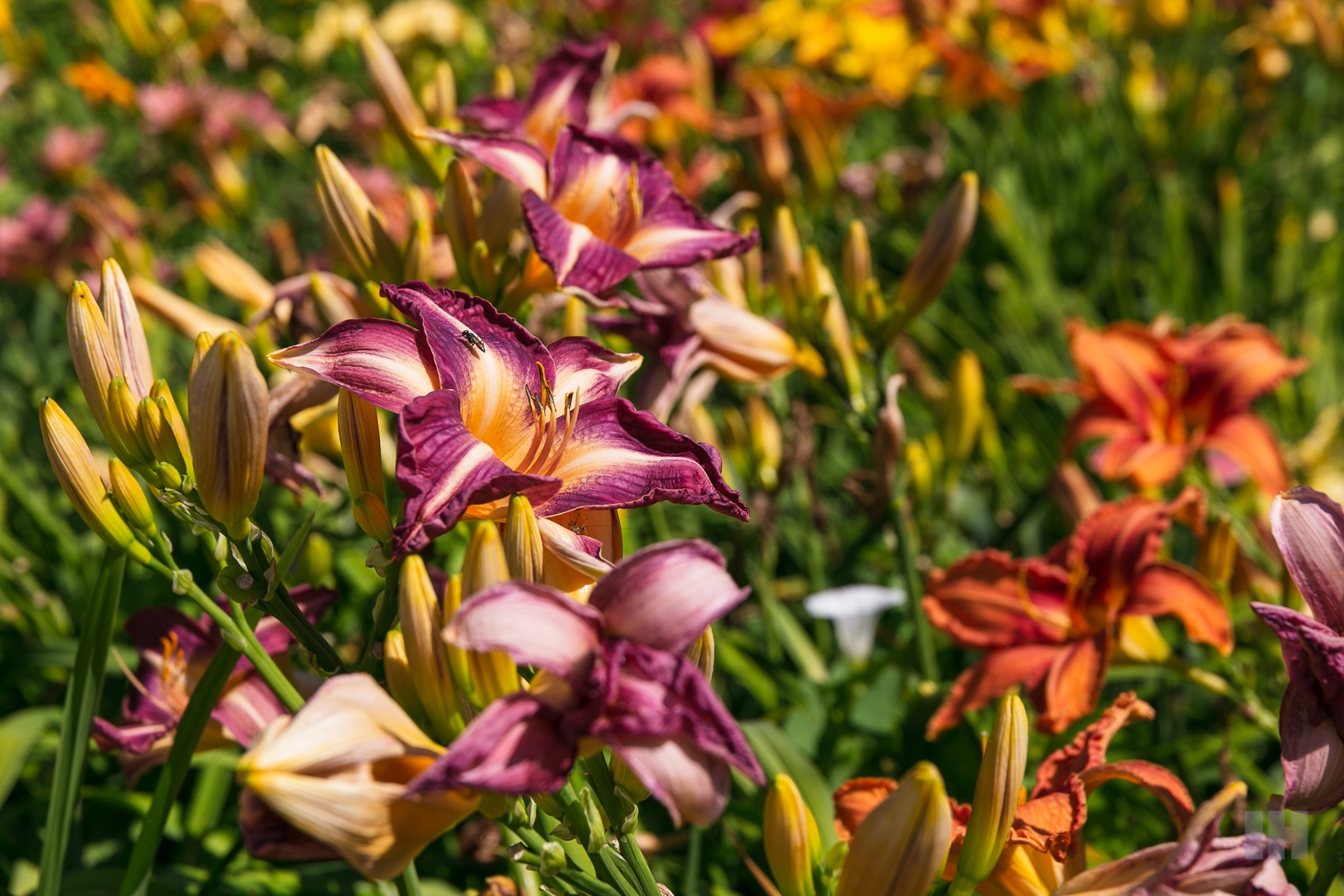
How Japanese botanists collected Slovak dandelions
An integral part of the activities of the Botanical Garden UPJŠ in Košice is research activity, of which karyological research and research on plant reproduction is one of their main focus of expertise. In addition to sexual reproduction, the subject of research is also asexual reproduction, which is sometimes “hidden” – although seeds are produced on plants, they are actually produced as clones of the mother plant and are not preceded by a standard sexual process. This phenomenon is also called agamospermy. These findings are of great importance for understanding the evolution of plant species in general. For example, such processes do not occur at all in higher animal organisms.
“In the evolution of plants, we know processes that are not possible in human species, for example. Even with the normal reproduction of plants, some specimens can lose one or two chromosomes during the division processes, and the resulting plant can live as if nothing had happened. Such a loss of even a single chromosome is incompatible with life in humans or leads to serious genetic disorders. Similarly, in plant evolution, new species may emerge by hybridizing closely related plant species to form progeny, for example, with twice the number of chromosomes.
Other species, on the other hand, are able to reproduce without the sexual process, that is, as we have mentioned, agamospermically. For example, in her research, my wife focused on the reproduction process of dandelions, which are very interesting in this respect. Despite the general awareness that there is only one dandelion, specialized botanists can distinguish up to hundreds of different species of them. When the article about this research was published, Japanese botanists came to Košice to collect our dandelions, because there are no such types in their country and they wanted to research them further. This research carried out in the Botanical Garden UPJŠ continues on other species and is being developed in cooperation with the Plant Science and Biodiversity Center of the Slovak Academy of Sciences and the Department of Botany, Faculty of Science, UPJŠ.”
